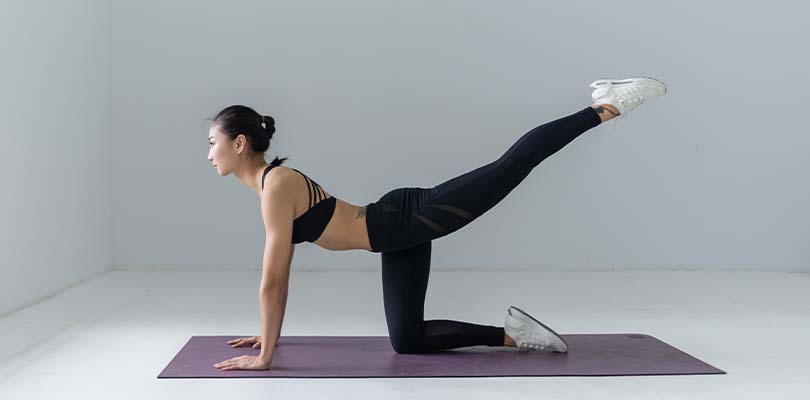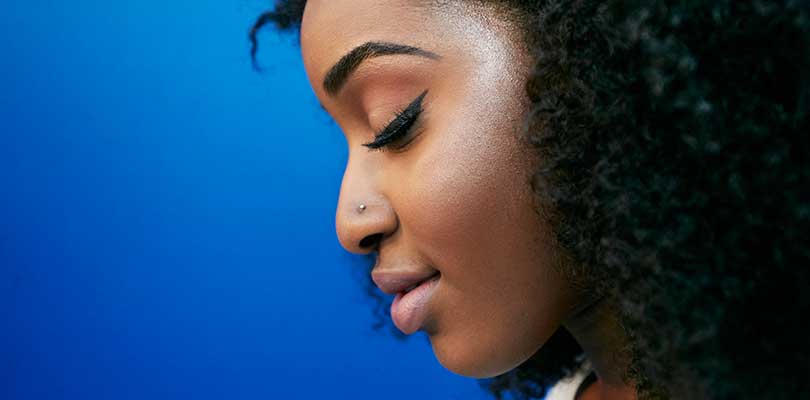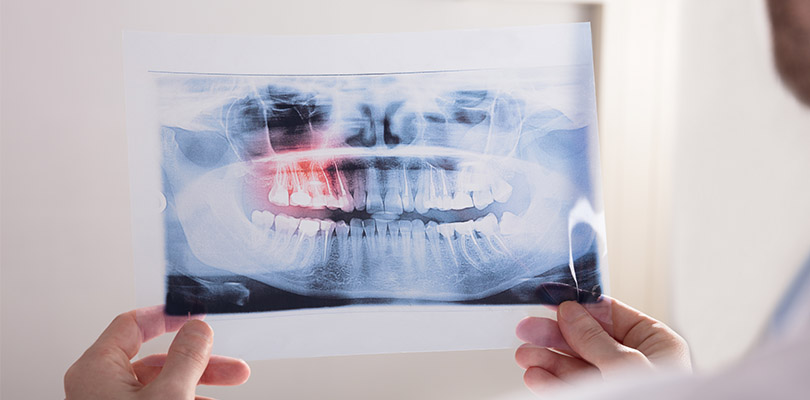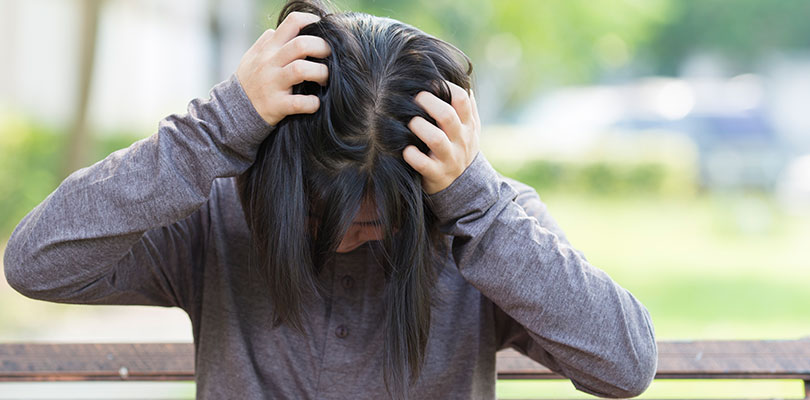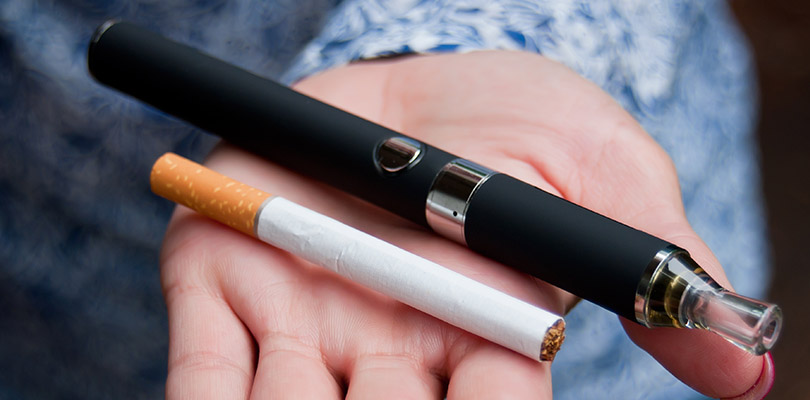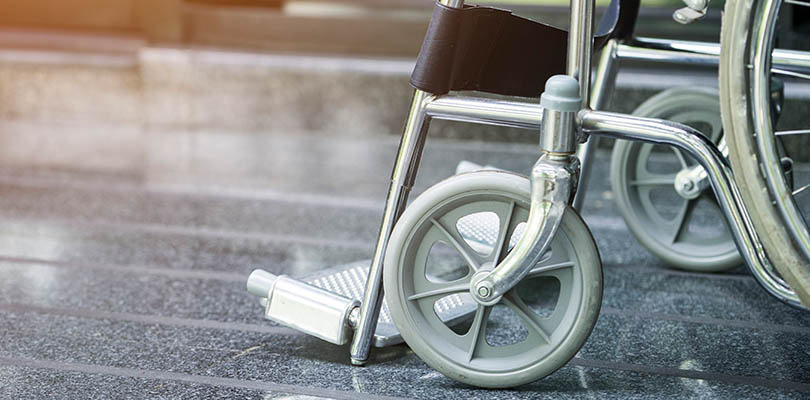What Are the Best Scoliosis Exercises?
Your parents may warn you to stand up straight and to not slouch. Correct posture and mindfulness of your spine is especially good advice when it comes to scoliosis. Certain activities may feel out of reach with scoliosis, but they do not have to be. There are plenty of scoliosis exercises you can still manage that can actually help better protect your spine.
What Is Scoliosis?
When viewed from behind, a typical spine is straight. A spine with scoliosis has an abnormal, sideways curvature in a single arc, or two curves to make the spine shaped more like the letter “S”. The major pitfall of scoliosis is that it affects your ability to properly use your back muscles. This impairs your posture and your ability to perform some activities. Scoliosis often occurs during the growth spurt before starting puberty and continues as children grow.
Scoliosis Symptoms
The majority of scoliosis cases are mild, but symptoms can become disabling in severe cases. In addition to spinal curvature, scoliosis symptoms may include:
- Uneven shoulders
- Uneven waist
- One prominent shoulder blade
- One hip that sits higher than the other
- Ribs that stick out farther on one side
- A spinal twist in addition to the sideways curve
- Lung difficulties due to reduced space in the chest
What Causes Scoliosis?
The cause of most scoliosis cases cannot be identified, even with current technology. This type of scoliosis is referred to as idiopathic scoliosis. There are some cases that can be attributed to neuromuscular conditions, birth defects affecting the bones of the spine, hereditary factors, environmental factors and injuries or infections of the spine.
Scoliosis Treatment Options
In many cases no treatment is required. These cases have mild symptoms that do not interrupt daily life. There are some treatment options which include wearing a brace to stop the curve from developing further. For more severe cases, surgery may help keep scoliosis from worsening and help straighten the spines of some patients. It can also help with scoliosis pain.
The Pros of Exercising with Scoliosis
One of the benefits of exercising with scoliosis is that it keeps your back strong and flexible and encourages healthy posture. Exercise can be considered as part of scoliosis treatment (but not a cure). Also, strength and conditioning can help improve overall fitness. This includes stretching and strengthening muscles to improve stability around the spine.
The Cons of Exercising with Scoliosis
Despite the benefits, there are some risk factors when exercising with scoliosis. If you use poor posture or an incorrect technique, it may accelerate the progression of scoliosis. In fact, some exercises may cause increased pain so you need to be careful not to overdo any exercise.
Recommended Exercises That May Help Scoliosis
Your doctor or physical therapist will recommend which exercises will hinder and which will help your specific scoliosis curves. Proper technique is essential to ensure you are not causing further damage. Here are some exercises to try.
HPV vaccines can help prevent cancer caused by an HPV infection. Read on to learn more information about the HPV vaccine here.
Core Exercises
Your core muscles support and protect your spine. A strong core makes physical activities easier and safer. A few exercises that help increase core strength are:
- Squats (without weights) on a balance trainer, such as a BOSU
- Balance exercises such as standing on one foot for 20 seconds then switching to the other side
- Standing upright rows with a straight spine and a doctor-approved barbell weight
- With superman lifts, start lying on your stomach with your arms extended above your ears. Lift your arms and feet off the floor at the same time, hold and release.
- For pelvic tilts, lie on your back with your knees bent and feet planted on the floor. Pull in your bellybutton and push your pelvis off the floor toward the ceiling. You can hold for 20 seconds and relax or do sets of 10 holding for five seconds each.
- For a double-leg abdominal press, lie on your back with your feet on the floor and raise your legs so they are bent at a 90-degree angle. Keeping your arms straight, push your hands and knees against each other to engage your abdomen. Hold for 10 to 15 seconds and release.
Arm and Leg Raises
In addition to strengthening your core, these exercises will also work out your lower back muscles, which also help support the spine.
Similar to the superman, lie on your stomach with legs straight and arms extended overhead. Slowly raise and lower each limb, one at a time, off the ground. Hold your arm or leg midair for a moment and lower. Do 15 reps of this exercise on each limb.
For more intensity, move to tabletop position with proper alignment (hips over knees, hands under shoulders) and reach one arm out straight and level in front of you. At the same time, extend the opposite leg. Hold for a few deep breaths and then switch to the other arm and leg. Do 10 to 15 reps on each side.
The Cat and Cow
This yoga favorite helps loosen the spine. Start in an aligned tabletop position, exhale deeply, tuck the tailbone, round the back, and let your head hang down. Inhale, lift the chest and tailbone, and let your stomach sink toward the ground. Repeat at least 10 times.
Latissimus Stretch
Scoliosis may make your lat muscles feel tight. Stretching and strengthening these muscles may help with symptoms. Stand with your feet hip-width apart and make sure your knees slightly bent. Reach both arms up and grab your right wrist with your left hand and bend left until you feel the stretch on your right side. Hold for about 10 seconds and repeat on the other side.
Be Sure to Talk to Your Doctor
There are other exercises you are able to do with scoliosis, just be sure to check in with your doctor before starting anything new. You’ll still be able to run; however, you will not be able to run as far as you may like, and you will have to avoid certain terrain. Dancing is still okay as long as you are limiting back bends and dangerous moves. Swimming may be recommended if it is infrequent and for limited time.
Even with scoliosis, many of your favorite activities can still be done with modifications and limitations. Being aware of how certain exercises affect your spine will help you make workout decisions that promote better spine health.
